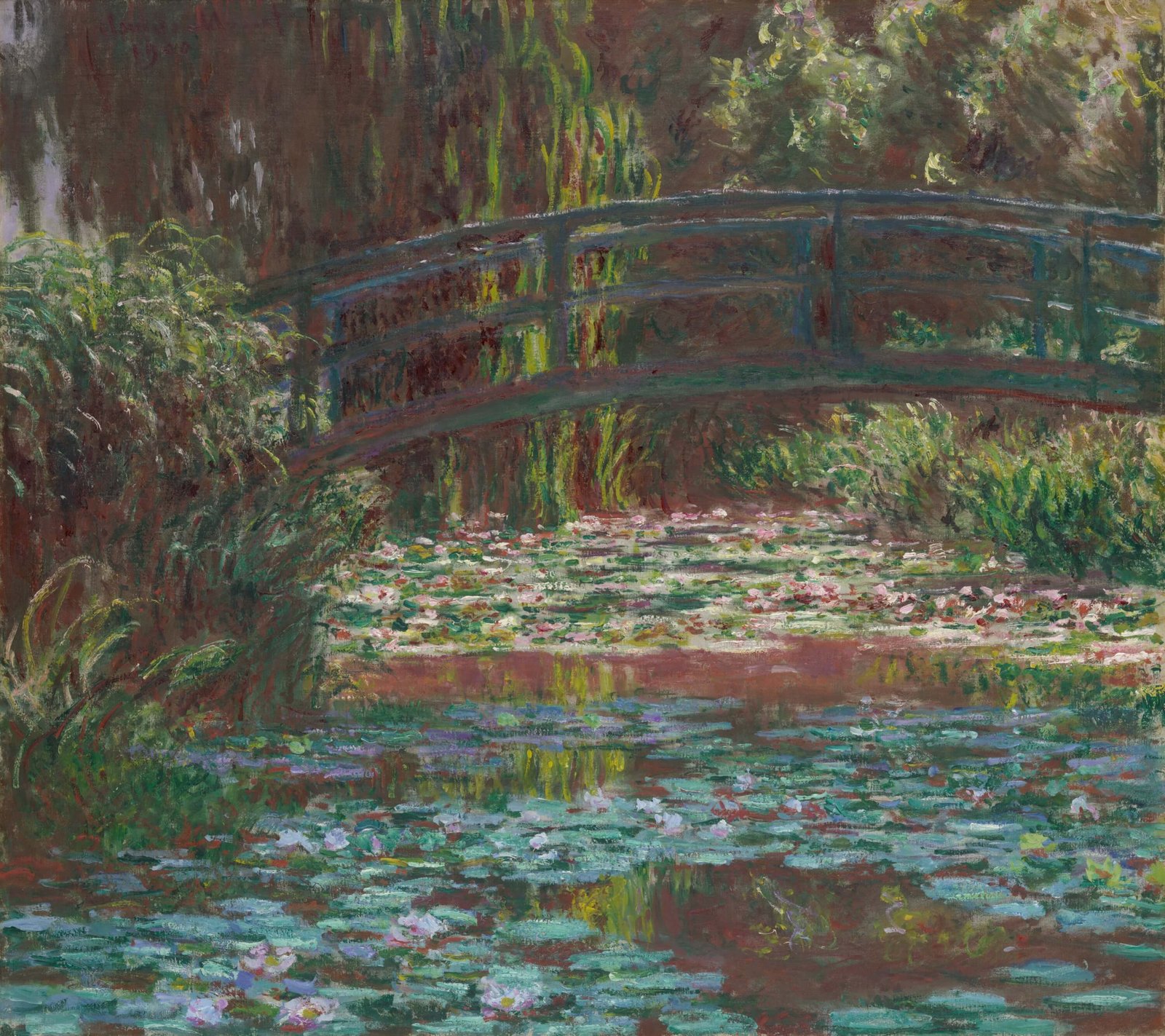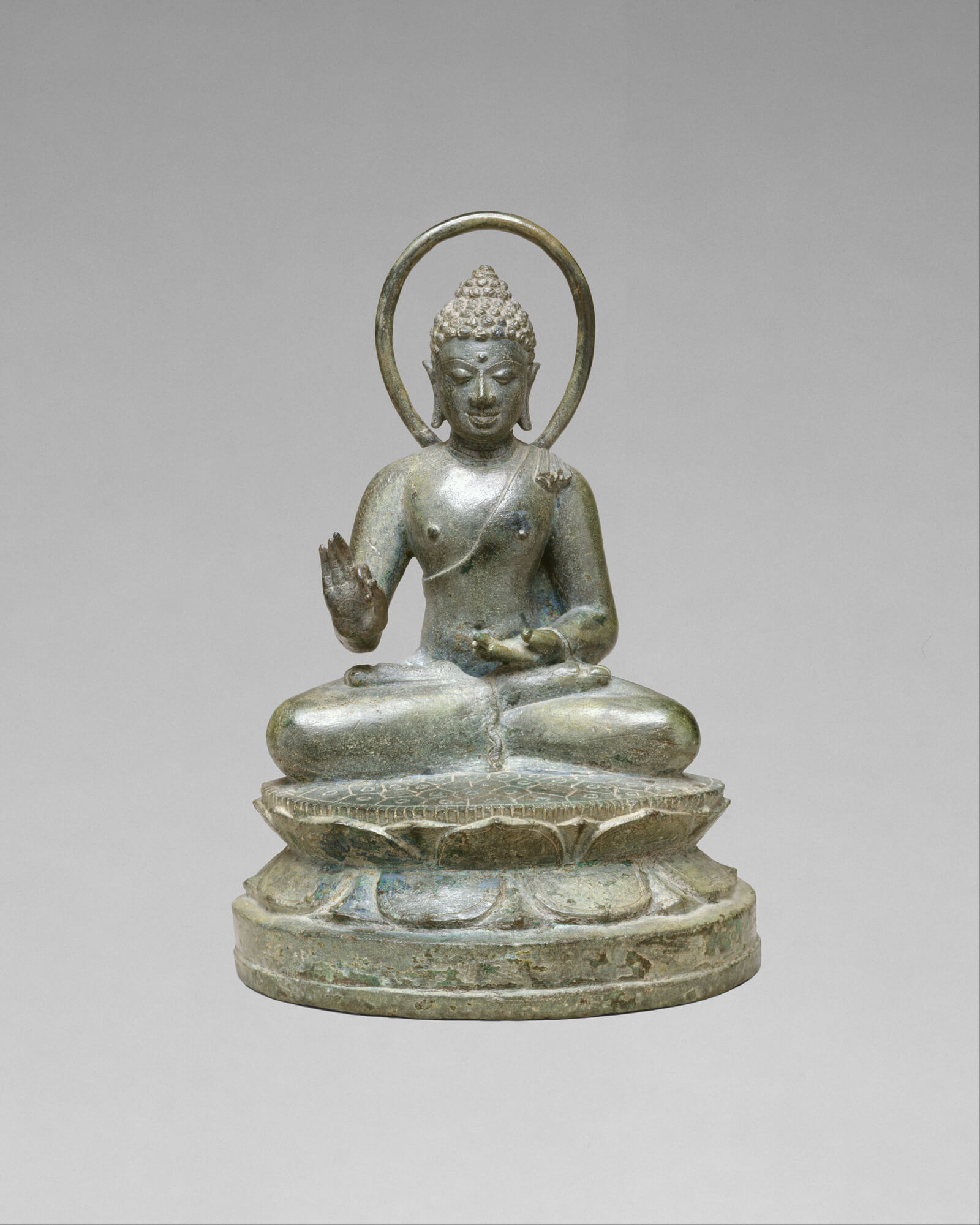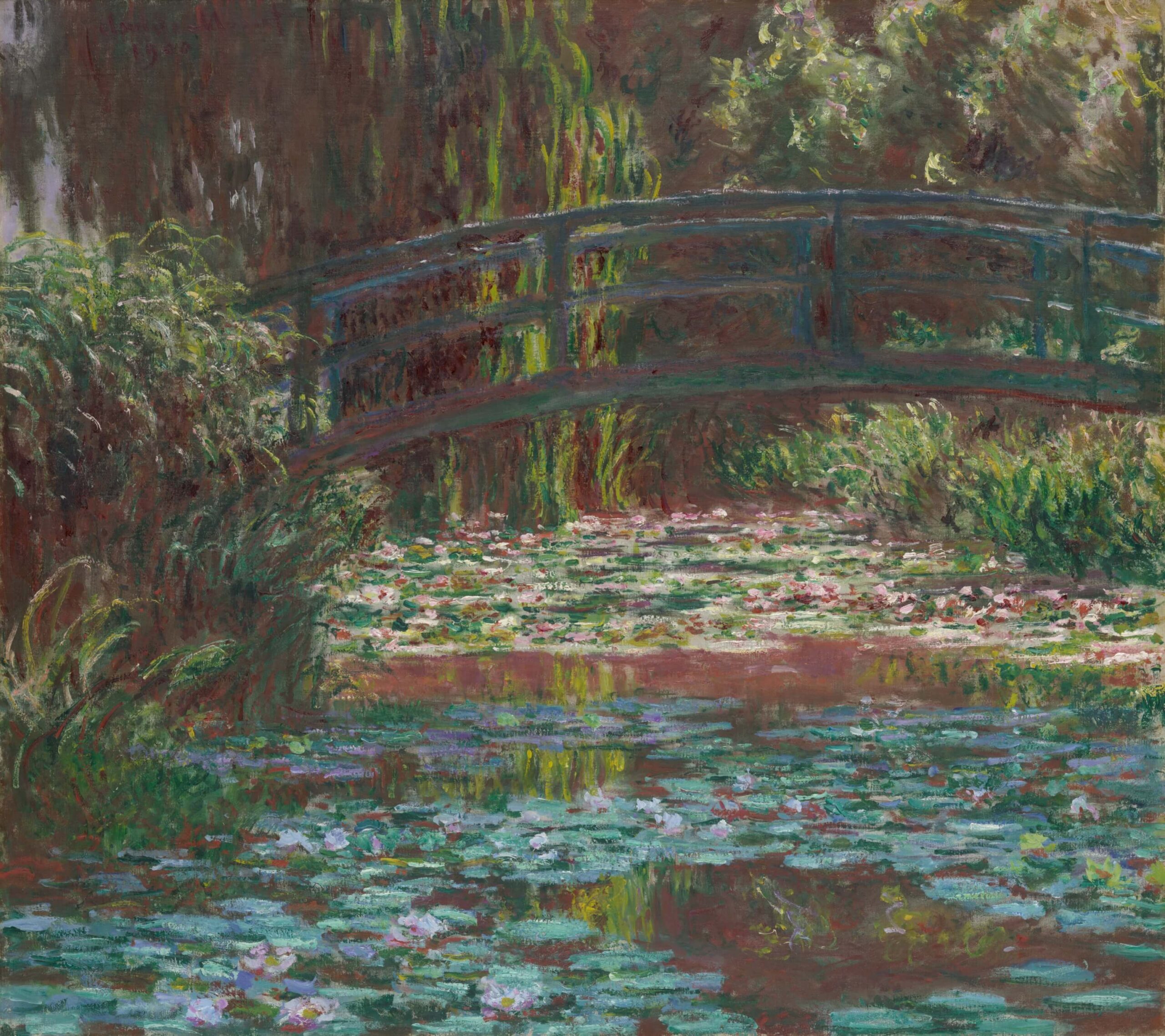I’ve been sold on how completely and totally awesome it is to fill your life with art since the first day of my first art history class in my freshman year of college. I believe that enjoying art can enrich every person’s life, and the findings of several studies agree with me. They say that art-viewing can be good for your mental health. It’s great to have the backing of psychological professionals, but that isn’t news to me or any other long-time art lover.
According to these findings, art viewing reduces stress and mental exhaustion, increases dopamine (a happiness-producing brain chemical) and blood flow in the brain, enhances critical thinking and other cognitive skills, and can help people suffering from some mental health disorders.
How Art Benefits Our Minds

Don’t we all feel better when we look at something pretty? Not all art is beautiful, of course, but most of us are strongly attracted to art that’s visually pleasing to us. Beauty is subjective, but this certainly might explain why Impressionist paintings, pastoral landscape scenes, and portraits of ladies in pretty dresses are so popular. In her TED Talk, Dr. Saundra Dalton-Smith identified looking at art as a way of getting creative rest, one of seven types of rest all people need. Creative rest involves exposing yourself to sources of awe and inspiration and makes you better able to create and problem solve. (Looking at nature is another way of getting creative rest, so imagine how much benefit you get from a landscape painting or botanical illustration!)
Art stimulates our senses, emotions, and intellect. A skillfully-composed artwork is likely to demonstrate balance and stability, which can be calming and reassuring to the otherwise busy and stressed-out viewer. Well-created artworks may also be quite complex in their compositions and meanings, encouraging both our eyes and our minds to go down new paths and form connections they wouldn’t otherwise. This is good for our cognitive abilities in areas like perception and interpretation; getting comfortable looking at images and thinking critically about them is also a great life skill. Of course, not every artwork is going to visually or psychologically appeal to everyone, but even art we don’t love can still activate our minds and senses and encourage us to think.
Good to know
I don’t want to give the impression that every artwork you will encounter will necessarily be good for your mental health. Some art, and also related ideas we find in places like museum wall texts, can feature images and themes that might be distressing. (Click here to read more about this.) What exactly that entails will likely depend on you as an individual, how the artwork is interpreted in the museum, and probably also the moment. Some artists actually aim to unsettle us with their works, and they have a lot of really effective visual tools at their disposal to do so. The cathartic aspects of artworks that deal with difficult themes may appeal to some people, just like sad books or horror movies do, but it’s ultimately up to you which artworks to spend time which and which ones to pass by. You can also decide to walk away whenever you need to.
A Mindful Experience

We might think of art-viewing as similar to meditation and mindfulness, which have both become so popular in recent years. Just like those practices, looking at an interesting artwork encourages us to empty our minds of everything else and focus only on the attention-absorbing thing in front of us right now. In fact, London’s National Gallery expanded on the connection between art and meditation through a series of art-focused 5-Minute Meditation videos on YouTube.
Viewing artworks is a great way to take yourself out of your daily experience for a little while. When I visit a museum or gallery, I usually forget about even my most pressing concerns and troubles for a few hours. Just the act of going somewhere out of your usual routine to look at things you don’t see on a regular basis can be so refreshing. There’s also something to be said for the fact that museums ask you to be quiet and calm – to look and absorb rather than talk and rush. That in itself can be healthful and cleansing, and many mental health practices are founded on it.
Fortunately, a recent study has shown that you don’t have to visit an art museum to experience the healing power of art viewing, as even five minutes of looking at art online can bring (admittedly diluted) benefits. If you plan to enjoy art from afar, I suggest setting aside some time to sit somewhere quiet and put aside everything else. And don’t forget that you can help your mental health through any kind of artwork you might encounter as you go about life, not only works by famous or even professional artists. And the healing power of creating even the most elementary art for yourself is even more strongly documented than that of viewing art.
Art, Empathy, and New Perspectives

In my opinion, one of the most valuable things about art viewing is the fact that it can help us see the world through other people’s eyes. This can be quite literal, since artists may actually show us the world as they see it. However, it’s also more figurative, in the sense that art encourages us to consider experiences, beliefs, and customs that are different from our own. In short, art shows us our shared humanity while also honoring our differences. A study of schoolchildren in Arkansas concluded that a field trip to an art museum increased students’ abilities to empathize with people from other times in history. I’m not surprised. In fact, this is what draws me so strongly to historical art – its ability to connect me with the people from long ago who made, used, and enjoyed artworks before me. Artworks are rare, tangible links to the past, and they have a powerful immediacy, at least to me. It turns out they can do a lot to help us in the present as well.
In honor of October being Emotional Wellness Month, all art appreciation handbooks are 20% off on my Etsy shop. This sale is valid until October 31, 2024 and cannot be combined with other offers.
Sources
- Invaulable. “The Benefits of Art on Memory and Creativity“. April 17, 2018. Accessed August 10, 2022.
- Park West Gallery. “Art and Health: The Real-World Benefits of Viewing Art“. April 15, 2019. Accessed August 10, 2022.
- Greene, J.P., Kisida, B., and Bowen, D.H. (2014). The Educational Value of Field Trips: Taking students to an art museum improves critical thinking skills, and more. Education Next, 14(1), 78-86. Accessed August 10, 2022.
- Jagoo, Krystal. “Looking at Art Online Has a Similar Effect on Mental Health as Looking at Physical Art“. Verywell Mind. August 8, 2022. Accessed August 9, 2022.
- Relf, Nina. “5 Positive Effects of Art on Mental Health“. DailyArt Magazine. May 5, 2022. Accessed August 10, 2022.

